When it comes to choosing curtain panels, can be quite an overwhelming task. Even though you can easily measure the size of your window and then visit your nearest store to get the panels, it is not that simple. When you arrive there, you see that window panels don’t necessarily come in the same sizes as windows do.
This can be a bit intimidating. But, it is important to measure for the suitable size panels. Don’t forget that curtain sizing and window sizing are two different things.
Usually, curtains come in a few different standard sizes, based on the type of curtain you have.
- Curtain panels: The sizes available are 63 inches, 84 inches, 95 inches, 108 inches, 120 inches in length, and 48 inches in the width.
- Tier curtain panels: The sizes available are 24 inches and 36 inches in length, while the width comes in varying sizes. However, 45 inches is the most common width available.
- Valance curtains: The size available is 50 inches in width, and between 3 – 5 inches deep.
It can be a challenging process to pick the proper size and the right style of curtains. However, learning about the type of curtain you want to purchase and how you want it to sit on your window is going to help a lot during the entire process.
Listed below is some crucial information regarding the different kinds of panels that are available for you to choose from and what windows they will suit the most.
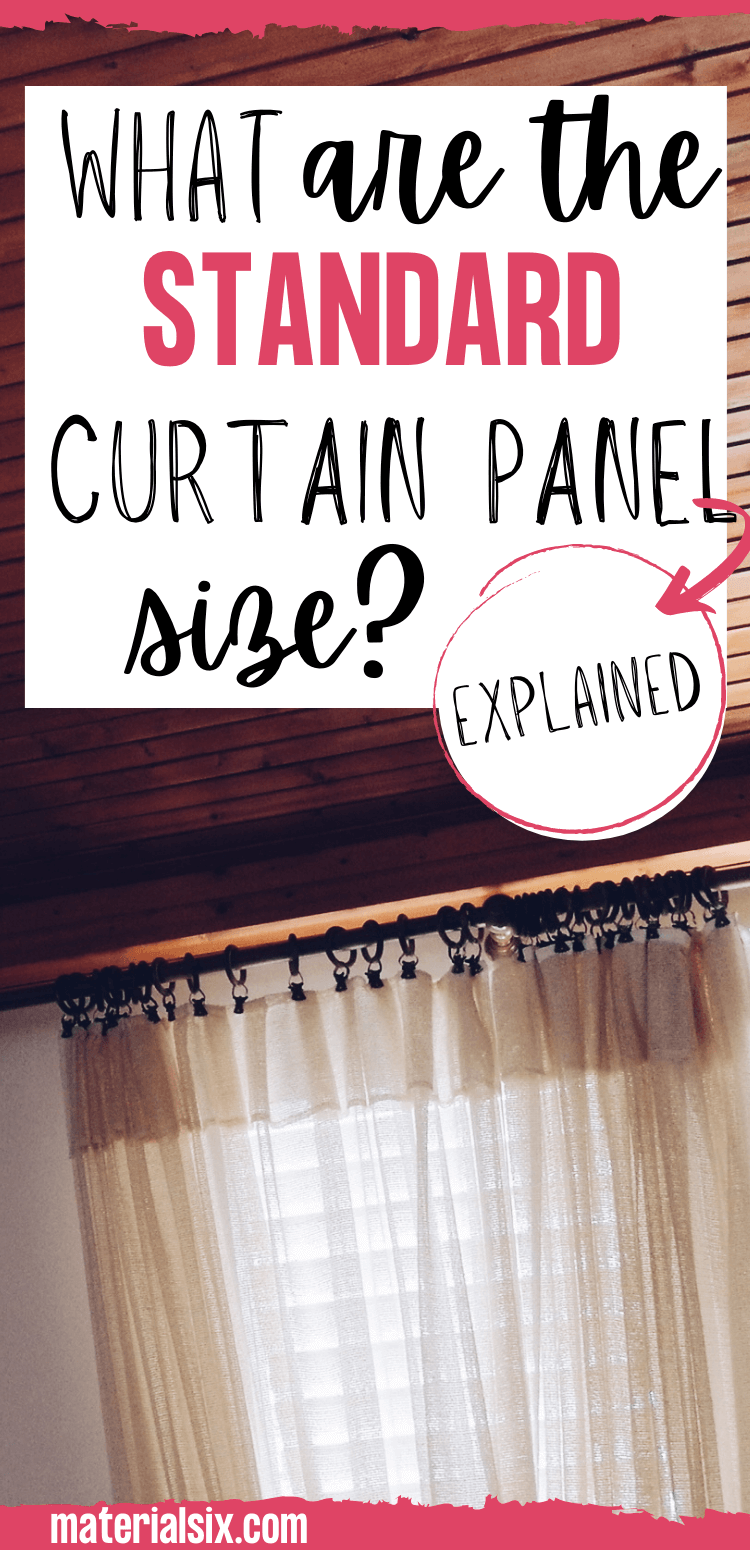
1. Standard Curtain Panels
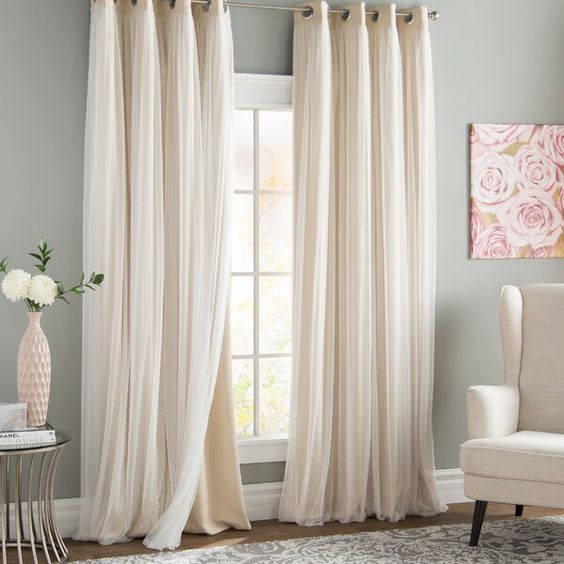
Buying a ready-made curtain panel means that you have a limited-size collection to choose from. The most common sizes for panels are 63 inches, 84 inches, 95 inches, 108 inches, 120 inches in length, and 48 inches in width.
Standard curtains are available in several designs, whether it is in a solid color, solid fabric, sheer curtains, or black-out curtains. No matter what style or design it is, for a ready-made curtain panel, all of the sizes will stay the same. However, if you get custom-made curtain panels, then there is no standard size since they will be made according to your preferences and specifications.
Moreover, standard curtain panels are great when it comes to covering the standard windows in your home. Oftentimes, you will see these panels on bedroom windows, living room windows, and even bathroom windows, based on the size.
Panels that are ready-made are easy and convenient to use, not to mention they are also versatile. You can pick how many panels you want to slide onto one curtain rod.
Adding more panels will provide you with a fuller look. You also have the option to use a blackout curtain layer or a sheer curtain layer with these curtains. That not only looks practical but also gorgeous.
2. Standard Tier Curtains

These types of curtains are used for windows that are a bit smaller or ones that do not require complete coverage. Usually, they cover the bottom half side of a window, making them perfect for windows that are above the kitchen sink. This curtain style can be used inside a bathroom too, depending on the size and placement of the window. Read this article to know the different types of kitchen curtains.
These curtains are available in two lengths, 24 inches, and 36 inches, with a commonly available width of 45 inches, in the case of ready-made tier curtains. Similar to standard curtain panels, these can also be made according to the specific measurements you need, if you decide to get them custom-made.
3. Standard Valance
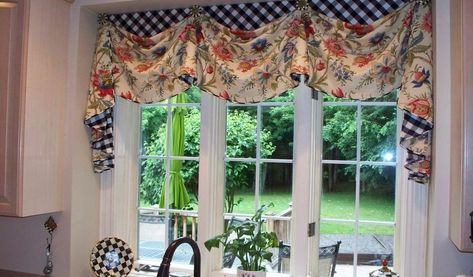
This style of curtain covers a window’s upper portion. A valance curtain’s standard size would be 50 inches in width and about 3 – 5 inches deep, based on its design and style. This curtain style is used where there is no need for a full curtain, for example, a window that has other privacy coverings or a bay window.
The purpose of a bay window is to form an extra, outward space in order to display that bay window, hence full curtains tend to take this prominent feature away. Therefore, a better alternative would be to use a valance. You can add it for design purposes or to conceal privacy shades, blinds, or screens.
What Should Be The Length Of The Curtains I Pick?
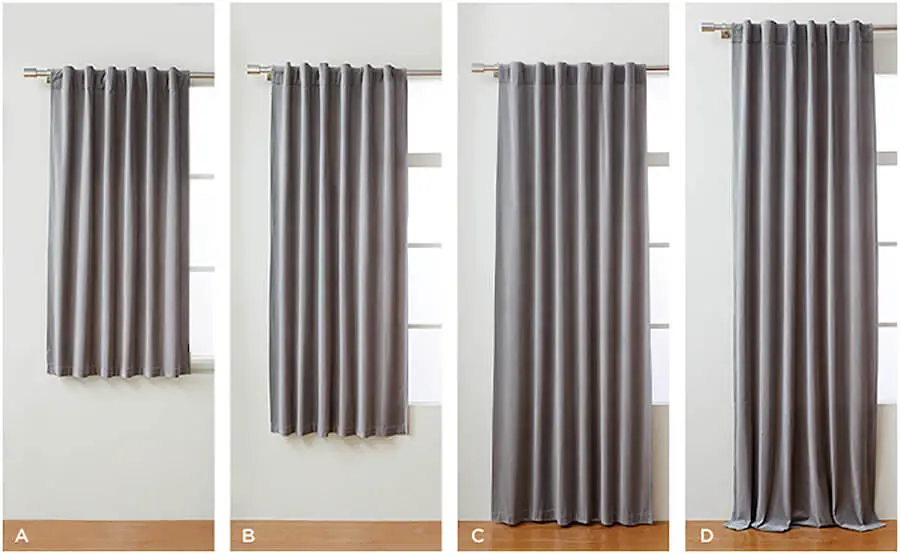
When it comes to proper curtain length, there are three ways you can classify them. You can pick whichever one fits your preference.
1. Puddling Length
2. Kiss Length
3. Floating Length
Measuring For Curtain Panels – How To Do It?
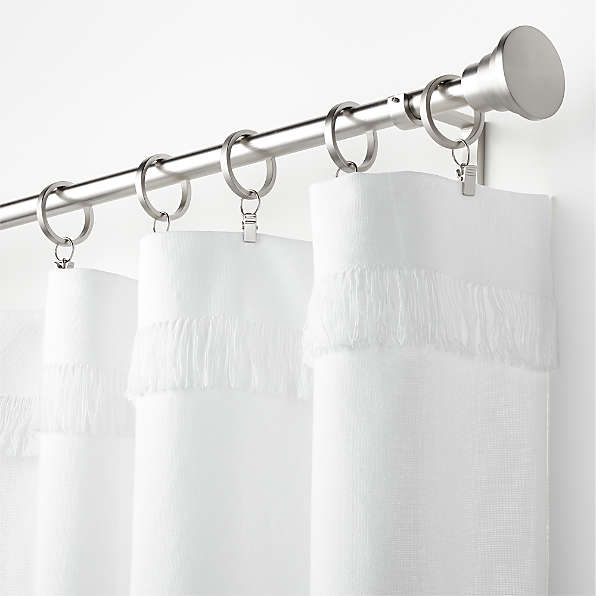
1. Select The Area Where You Want Your Hardware To Be Fixed
You can place the hardware inside or on the outside of the ‘mount.’ If you hang the curtains inside the mount, your curtains are going to hang inside your window opening. Hence, you need to keep the hardware close to your window frame.
When it comes to an outside mount, the curtains will be hanging around the windows. If you are looking for a stylish and sleek design, then this is the way you want to go. Plus, an outside mount can make your window appear larger.
2. Measure Your Window’s Width
When measuring the width of your window, a good rule of thumb is to incorporate 12 inches on both sides of the window width or add 24 inches to your total width. By doing this, you will get enough slack in the panels which will make sure that your curtains are completely covering the window when they are closed.
Also, this is where you can decide the number of panels you want to put up. Commonly, standard windows only have two panels, however, if your window is larger in size, then you will need a full appearance, or you could try a layered effect, hence you can use 4 panels or even 6.
After you have figured out the number of panels you want, the next step would be to divide that number by the adjusted width of your window. For instance, for a window that is 60 inches wide, add 24, which will give you 84 inches. If you want 2 panels that cover your window, then divide 84 by 2. This will give you 42. You now have the right size you want your panels to be, which is at least 42 inches in width.
3. Measure The Entire Length
After knowing where you want to install your hardware, the next step would be to measure from the place where you would hang your curtain rod to the lowest spot you want the fabric to hang.
Once you have figured out how long you want the curtains to hang, and you calculated the width of your panels, you are ready to purchase your new curtains.
What Will Be The Standard Size Of A Curtain Rod?
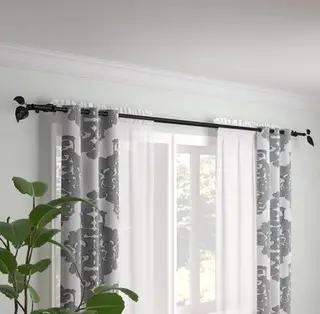
You can find curtain rods in various lengths. Commonly, the lengths available in your local home improvement stores would be 28 – 48 inches, 48 – 84 inches, 66 – 120 inches, and 120 – 170 inches.
Are Curtains Always Suppose To Touch The Floor?
Hence, in the end, it all depends on the look you are going for and where you want your curtains to land. There are certain exceptions, like the bathroom or the kitchen, where floor-length curtains are not needed.
Can Tier Curtains Cover An Entire Window?
Conclusion
Indeed, there are plenty more factors that you need to consider when it comes to choosing the right size of window coverings. Taking proper measurements and knowing the look you want are some of the imperative factors.
Most of the time, all you need are standard-size curtains. Usually, they are enough to fit the majority of your needs. However, you also have the option to get your window covering custom-made.
Even though custom-made window coverings tend to be more expensive, they will be made exactly to your specifications and you will get the exact look that you wanted for your windows. When it comes to window coverings, you have a plethora of sizes and shapes to choose from.
This also includes the different types of material that these coverings are made from. Once you have all of the information you need, you can pick out your perfect set of curtains that will surely add a sense of sophistication and glamour to your home.
More Curtains Posts & Other Posts You Might Like:

